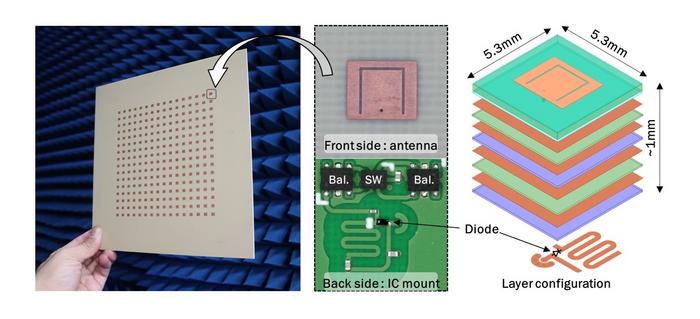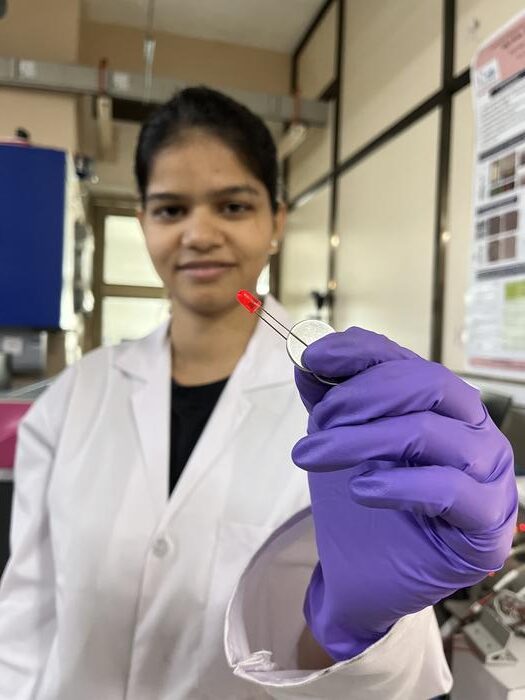US Air Force funds multi-university initiative to study hybrid control, $1.5M annually
The U.S. Air Force Office of Scientific Research has funded a new Multi-University Research Initiative to be led by Yuliy Baryshnikov, a professor of mathematics and electrical & computer engineering at the University of Illinois Urbana-Champaign. The initiative, Hybrid Dynamics – Deconstruction and Aggregation, or HyDDRA, will bring researchers from four universities together to address […]

The U.S. Air Force Office of Scientific Research has funded a new Multi-University Research Initiative to be led by Yuliy Baryshnikov, a professor of mathematics and electrical & computer engineering at the University of Illinois Urbana-Champaign. The initiative, Hybrid Dynamics – Deconstruction and Aggregation, or HyDDRA, will bring researchers from four universities together to address the problem of hybrid control using modern mathematical tools.

Credit: The Grainger College of Engineering at University of Illinois Urbana-Champaign
The U.S. Air Force Office of Scientific Research has funded a new Multi-University Research Initiative to be led by Yuliy Baryshnikov, a professor of mathematics and electrical & computer engineering at the University of Illinois Urbana-Champaign. The initiative, Hybrid Dynamics – Deconstruction and Aggregation, or HyDDRA, will bring researchers from four universities together to address the problem of hybrid control using modern mathematical tools.
The initiative will be funded with an award of $1.5 million per year until 2026 with the option to extend for an additional two years.
“Hybrid control is a comparatively new area at the interface of engineering and applied mathematics,” Baryshnikov said. “In essence, it concerns the interaction between continuously varying controlled systems and systems driven by a discrete controller like a logical computer. This problem arises in most modern applications of control, in engineered systems and beyond.
“But despite, or perhaps because of the attention to this area of research, the results we have are rather disjoint and field specific, driven, it feels, not necessarily by the needs of the applications, but by the inertia of the existing theoretical tools. Our goal is to create a unified mathematical language.”
A simple example of a hybrid control system is a thermostat. There is a logical state, on and off, that is governed by preset limits on a parameter that can continuously change, the temperature. While other examples of such “hybrid” control systems are immensely more complex, including the power grid and the James Webb Space Telescope, they also come down to interactions between logical and continuous states.
Baryshnikov observed that the field of hybrid control emerged organically with the rise of digital computers. The theoretical approaches created to handle these systems were worked out independently by many different research groups, leading to a patchwork of theories. To strengthen our understanding of the subject, the researchers aim to develop a set of mathematical principles and tools to fuse these disparate results under a common conceptual lens.
“What makes our effort unusual is the approach we plan to take,” Baryshnikov said. “Traditional control theory is grounded in the areas of mathematics created to describe continuously changing states, such as analysis. However, there are more mathematical tools that are better suited to handle discrete systems like digital controllers, such as algebra. We hope that by integrating these different areas we will arrive at a much better framework for engineers to use.”
The initiative’s other investigators are professors Daniel Liberzon and Sayan Mitra of the U. of I.; Daniel Koditschek and George Pappas of the University of Pennsylvania; Paulo Tabuada of the University of California, Los Angeles; and Aaron Ames of the California Institute of Technology.
Baryshnikov, Liberzon and Mitra are members of the U. of I.’s Coordinated Science Laboratory.
What's Your Reaction?

































